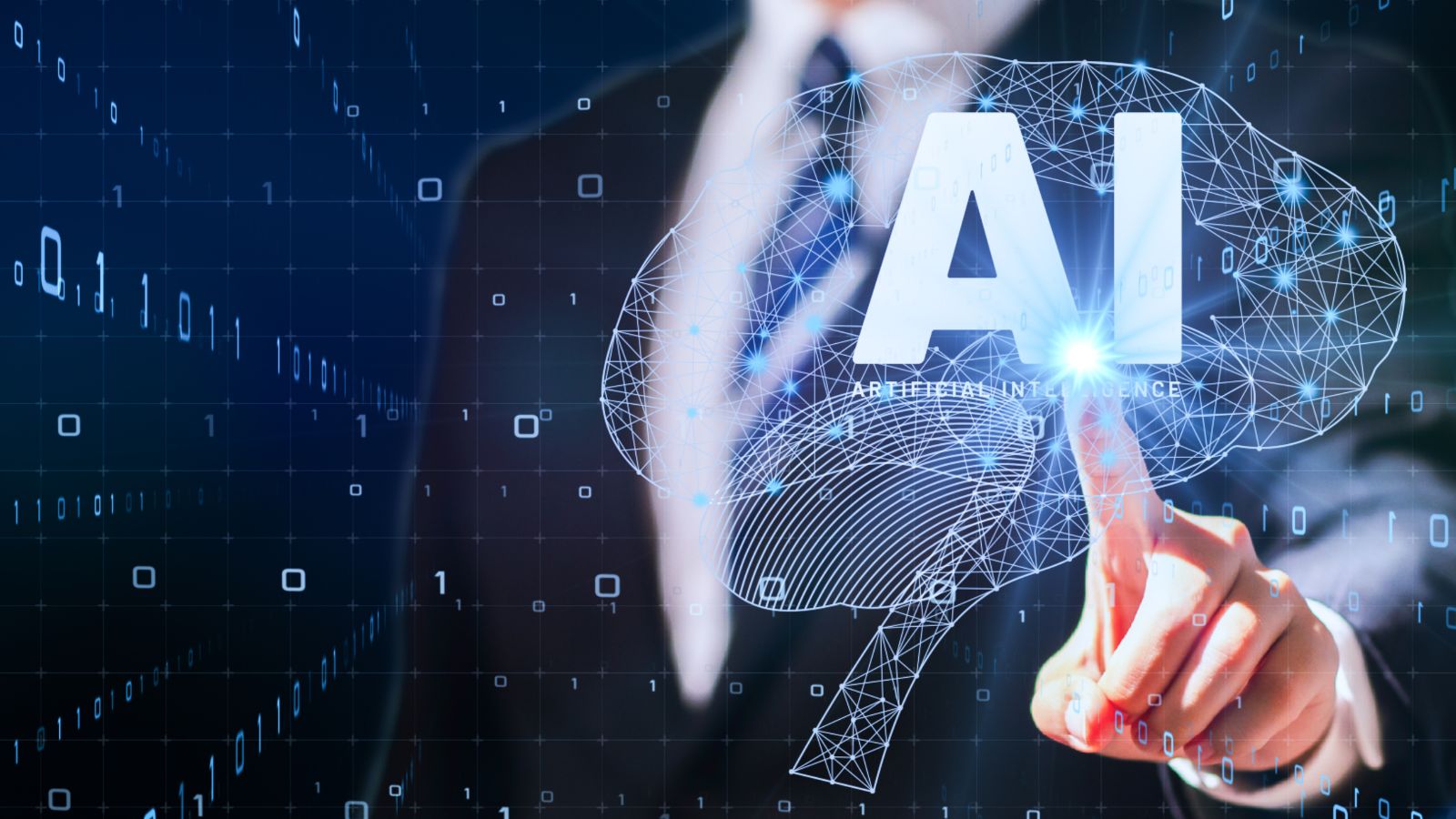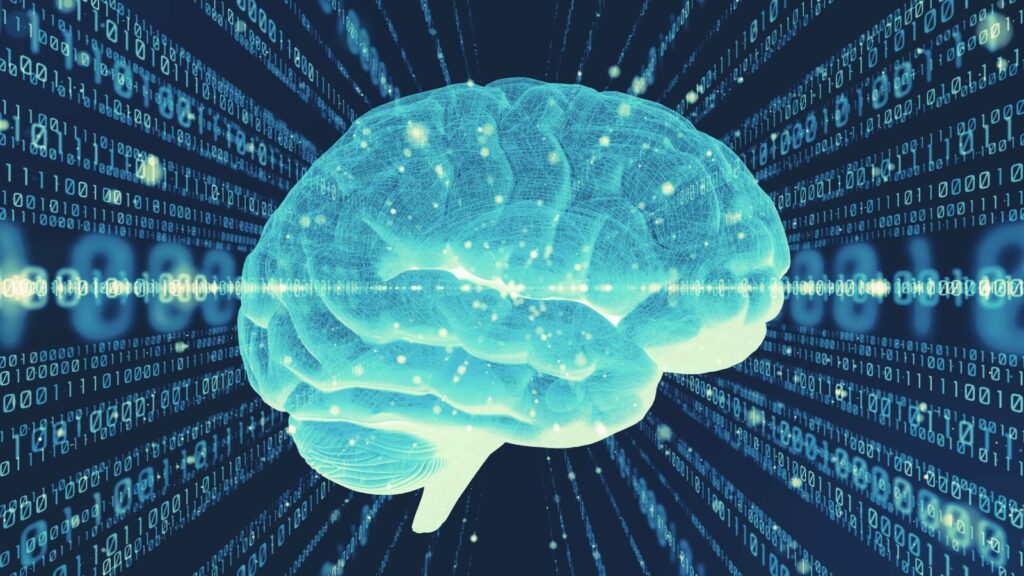Let’s be honest—artificial intelligence used to sound like science fiction. Now, it’s just part of how we work. In 2025, businesses big and small are using AI not just to speed things up, but to work smarter. It’s showing up in places you wouldn’t expect—answering customer questions in seconds, predicting what customers want before they ask, and keeping factories running smoothly without anyone needing to hover over the machines.
AI doesn’t get fatigued. It goes through massive amounts of data and identifies patterns faster than a human can in weeks. The outcome is better decision-making, fewer mistakes, and more time for humans to focus on worthwhile work instead of routine tasks.
Even industries with very specific goals are seeing AI creep in. A fun example? The single deck blackjack —yep, even that. In some online platforms, AI helps analyze patterns or suggest strategies based on real-time decisions. It’s a tiny example, but it shows just how far this tech reaches.
Where AI Is Making Noise
Here’s a snapshot of where AI is quietly becoming essential behind the scenes:
| Area | What It’s Doing | Real Use Case |
| Predictive Analytics | Spotting trends and future demands | Retail inventory planning |
| Smart Chatbots | Handling support 24/7 | Banking and e-commerce sites |
| Maintenance Alerts | Flagging issues before they break | Factory machinery |
| Automation Tools | Taking care of boring tasks | Email sorting, invoice matching |
What Businesses Actually Get From AI
Let’s talk about what this means for the people running companies. Most leaders aren’t chasing flashy tech—they want tools that save time, lower costs, and make things easier for their teams. And that’s exactly what AI can do.
Take BlackjackDoc, for example. It’s a site created for those looking for the ultimate online blackjack experience—simple, honest, and tailored to their needs. In the same vein, business AI is all about cutting through the noise. It delivers information in real-time, brings trends to light, and helps people make more informed decisions with less guesswork.

Here’s what many businesses are seeing when they bring AI into their daily operations:
- Smarter decisions – Data doesn’t lie, and AI helps you read it fast.
- Lower costs – Fewer errors and faster processes mean leaner operations.
- Happier customers – Chatbots don’t sleep, and they don’t put people on hold.
- More creative teams – With the boring stuff automated, people can focus on ideas.
This isn’t about replacing workers. It’s about giving them better tools.
Chatbots That Actually Help
We’ve all dealt with chatbots that feel more frustrating than helpful. But AI has changed that. The good ones now handle full conversations, answer real questions, and route people to the right support without making them repeat everything five times. For businesses, this means happier customers and way fewer support tickets.
Stopping Problems Before They Start
AI in manufacturing is also being used to keep an eye on equipment for signs of failure. Not in a spooky robot way—in more of an alert system way that says, “Hey, this machine is vibrating weirdly. Should go check it out.” Catching those early signs saves money, time, and a lot of stress.
Real-World Uses Across Industries
AI is not a one-size-fits-all solution. Every sector is implementing it slightly uniquely. In healthcare, it’s reading X-rays and identifying things doctors can’t. In consumer goods, it’s identifying exactly which products people are most likely to buy next. In power, it’s helping companies modulate supply based on weather and usage in real time.
What makes all this work? It’s not just the technology. It’s companies understanding what problems they actually want to solve—and then letting AI handle the heavy lifting.
Helping Teams Work Smarter
A big shift we’re seeing now is how AI supports—not replaces—workers. Think about tools like Grammarly. It doesn’t write for you, but it helps your writing feel more polished. Same goes for coding tools that help junior developers write better software, or image tools that help marketers design faster. AI gives people a leg up, not a way out.

What’s Next: Training, Tools, And Balance
Most companies that are entering the AI space aren’t buying tools as much as they’re educating their employees. They’re setting up in-house workshops and certification programs so employees can get ahead of what AI can do and how to use it well.
They’re also being thoughtful about where to draw the line. Deep learning models can do amazing things, but they’re not always easy to explain. That’s why many businesses start with simpler tools—chatbots, rule-based automation—before going deeper into more complex machine learning.
For others, that means investing in better forecasting equipment. Others use AI to plan routes in order to avoid supply-chain nightmares. DHL, one of the largest logistics providers, already does it using artificial intelligence. Logistics firms use it to predict delays, restock warehouses, and ship products quicker. With so many packages shipping out each day, that little difference makes a big difference.
